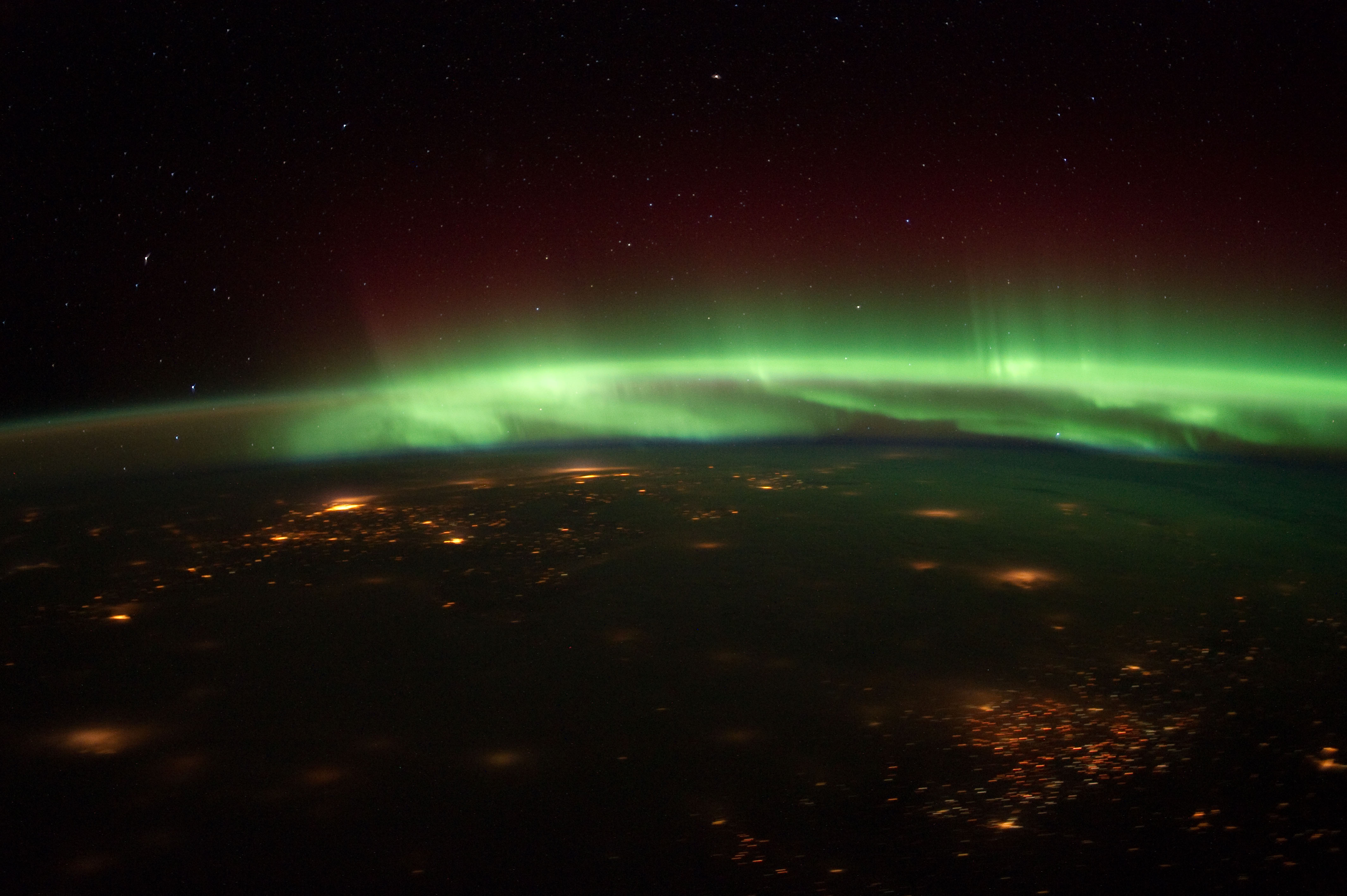Minor (G1-class) geomagnetic storm underway – activity intensified due to open crack in Earth’s magnetic field

A disturbance rippled through Earth’s magnetic field on Feb. 14th. On several occasions the sky was full of auroras from horizon to horizon, said photographer and aurora tour guide Chad Blakley of Abisko National Park, Sweden for Spaceweather.com.
An update to the story came today with report that geomagnetic activity intensified even more on Feb. 15th when the interplanetary magnetic field (IMF) near Earth tilted south, opening a crack in Earth’s magnetic field. Solar wind poured in and fueled minor, G1-class geomagnetic storm, underway now .
According to new observations from NASA’s IMAGE spacecraft and the joint NASA/European Space Agency Cluster satellites, immense cracks sometimes develop in Earth’s magnetosphere and remain open for hours. This allows the solar wind to gush through and power stormy space weather.
The solar wind is a fast-moving stream of electrically charged particles (electrons and ions) blown constantly from the Sun. The wind can get gusty during violent solar events, like coronal mass ejections (CMEs), which can shoot a billion tons of electrified gas into space at millions of miles per hour.
Earth’s magnetosphere generally does a good job of deflecting the particles and snarled magnetic fields carried by CMEs. Even so, space storms and their vivid effects, like auroras which light up the sky over the polar regions with more than a hundred million watts of power, have long indicated that the shield was not impenetrable. (science.nasa.gov)
Planetary K-index
Now: Kp= 4 unsettled
24-hr max: Kp= 5 storm
Interplanetary Mag. Field
Btotal: 8.5 nT
Bz: 6.6 nT south
Updated: Today at 12:15 UTC
Geophysical Alert Message
Issued: 2012 Feb 15 12:00 UTC by the US Dept. of Commerce, NOAA, Space Weather Prediction Center
Solar-terrestrial indices for 14 February follow.
Solar flux 107 and estimated planetary A-index 10.
The estimated planetary K-index at 1200 UTC on 15 February was 3.
Space weather for the past 24 hours has been minor.
Geomagnetic storms reaching the G1 level occurred.
Space weather for the next 24 hours is predicted to be minor.
Geomagnetic storms reaching the G1 level are expected.
Effects of a G1 geomagnetic storm by NOAA Space Weather Scale for Geomagnetic Storms:
Power systems: weak power grid fluctuations can occur.
Spacecraft operations: minor impact on satellite operations possible.
Other systems: migratory animals are affected at this and higher levels; aurora is commonly visible at high latitudes.
Northern lights recorded by ISS astronauts (Feb. 14, 2012)
Valentine’s aurora display over Fairbanks, Alaska

Live northern lights webcam
Follow the Canadian Space Agency’s AuroraMAX northern lights webcam here.
UPDATE:
SUBSIDING STORM: A geomagnetic storm (Kp=5) that began during the early hours of Feb. 15th when the IMF tipped south is subsiding. Nevertheless, solar wind conditions remain favorable for high-latitude auroras. During the storm, Northern Lights descended as far south as Minnesota in the United States.
Subsiding geomagnetic storm with beautifull auroras
Featured image: NASA

Commenting rules and guidelines
We value the thoughts and opinions of our readers and welcome healthy discussions on our website. In order to maintain a respectful and positive community, we ask that all commenters follow these rules.